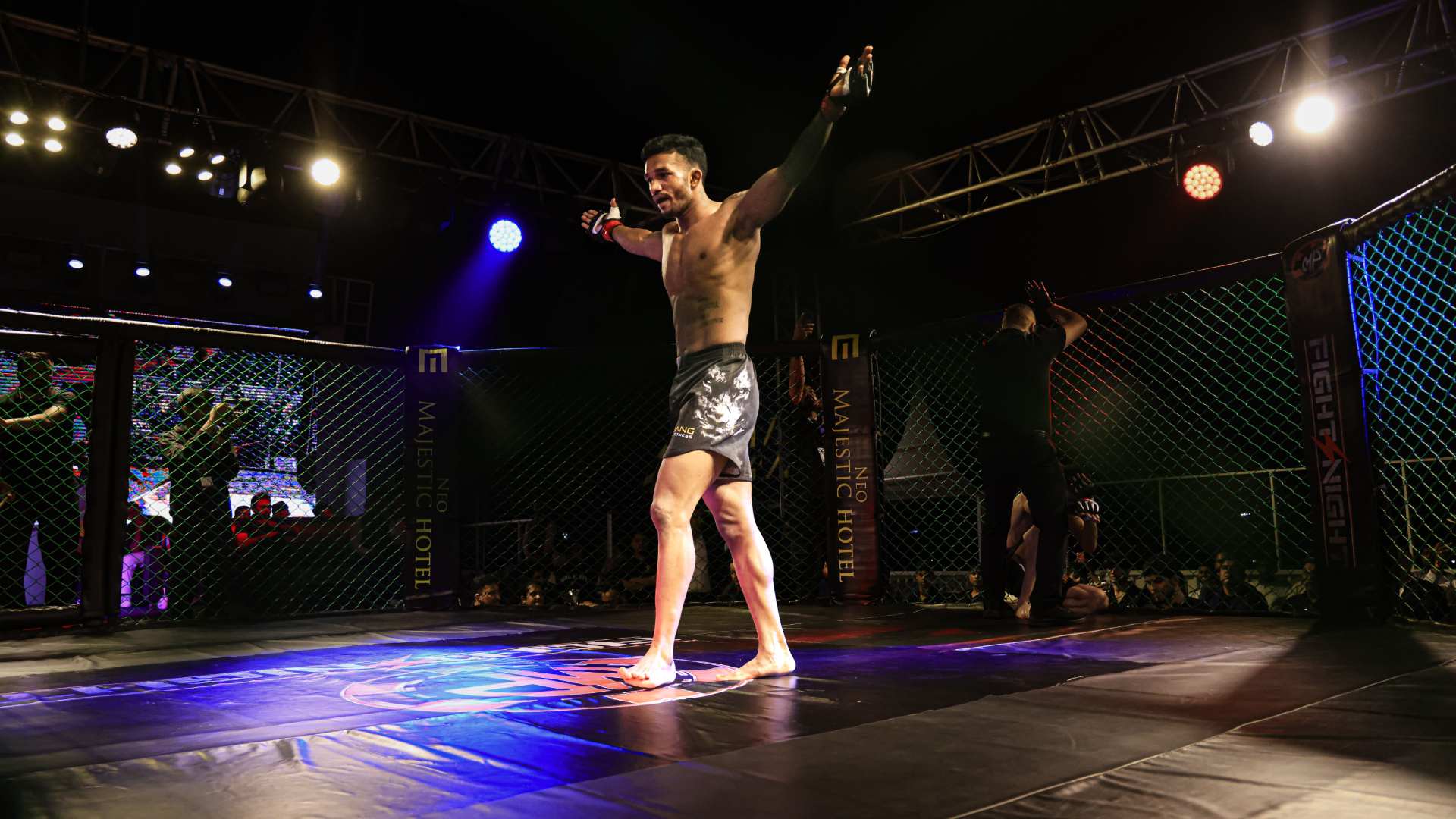Combat sports are usually highly physically demanding and require a combination of physical stamina, endurance, and strength. While it’s easy to confuse strength training with weight training, there are a few key differences between the two phases.
Strength training is essential for superior combat sports performance and involves the use of resistance exercise to build strength and stamina.
Resistance can stem from several different sources, including free weights, your own bodyweight, objects like sandbags and weights, medicine balls, and resistance bands, among other options.
You can simply view each tool as a means to increase resistance during training and enhance your strength. However, none of the tools mentioned above can guarantee the results you are looking for, and none of them is better than the other. Each tool can work well if used properly, and at the same time, each tool can fail to produce results if misused.
Many traditionally minded trainers recommend you avoid free weights and use bodyweight exercises to build strength instead. However, both forms of training can produce results and improve your performance in combat sports. There are hundreds of acclaimed fighters who prefer free weights and hundreds more who listen to traditional advice and stick to bodyweight exercises.
Use our tips for success to ensure that you find the right method for you and build strength in a safe and sustainable way.
What is Strength?
Many people think of strength as a single attribute.
But there are actually many facets of strength to consider. This is true for combat sports fighters.
Strength can be defined as your ability to exert force against some form of resistance. But this explanation is too simple. In fact, there are three primary types of strength that you should know about:
1. Maximal strength. This form of strength relates to the amount of force that a fighter can exert through voluntary effort. Maximal strength is improved using bodyweight training, lifting heavy weights, and using methods like rep-for-rep movements and isometrics.
2. Explosive strength. This is the ability to exert significant tension in a very short time frame. Not all strong people possess this form of strength. But it is an essential skill for all competitive athletes to hone.
3. Speed strength. This strength quality is the ability to rapidly execute unloaded movements against fairly low external resistance. Working with punch-out drills against heavyweight bags is a good example. Speed strength is especially important for fighters, and likewise, having too much maximal strength can actually impede technical skill and speed strength in fighters.
Last but not least, there is strength endurance. This is the ability to maintain a high level of muscular function for long durations of time. This is another vital quality for any combat fighter, as speed and power are short-lived without enough stamina to maintain these attributes throughout a competition or event.
Understanding Strength Training
Strength training for combat fighters requires a nuanced approach. While excessive maximal strength can impair speed-strength, heavy weight lifting can still be beneficial for fighters.
If you would like to understand how maximal strength training is relevant to combat sports, you first need to understand how a fighter’s body works.
Muscle fibers can be grouped into motor units, each of which contains hundreds of fibers and a single nerve. The nerve delivers signals to these muscle fibers, which are grouped into motor units of either fast twitch or slow twitch muscles. When the nerve delivers a signal for the motor unit to contract, all the fibers in that unit contract simultaneously.
Power training targets the fast-twitch muscle fibers, but not all motor units are activated at the same time. Low-intensity training is lower in the rate of perceived exertion and doesn’t activate fast-twitch muscle fibers. This means that the fibers in the unit will not adapt to the training at hand. At the same time, if you only lift light loads, you won’t target the fast-twitch fibers. This can only get achieved by maximal strength training, which enhances both inter-muscular and intramuscular coordination. This is why you need a combination of maximal strength training, endurance training and speed-strength training to boost your performance in combat sports.
Top Tips for Strength Training
According to Harvard Health Publishing, strength or resistance training strengthens muscles, tones muscle mass, and even strengthens bones, all while helping to improve your fighting performance. Current guidelines recommend strength exercises for all muscle groups (including chest, back, legs, hips, shoulders, torso, and arms) at least twice per week, spanning 8-12 reps per set.
Some of the recommended tips for safe and effective strength training include:
- Warm-up for at least 5-10 minutes before a strength training session. After your session is over, spend the same amount of time cooling down to help prevent strains and injuries. Walking is an excellent warm-up exercise, and stretching is effective for cooling down.
- Focus on form over weight. Be sure that your body is properly aligned during each exercise to maximize your gains. Ensure that your lifts are slow, smooth and controlled, and control your descents as well while isolating key muscle groups.
- Define a tempo for your workout. This helps you to maintain control rather than impair your strength gains via momentum. For instance, you can count to five while lowering your weights, hold, and then count to five while raising the weights back to your starting position.
- Keep your muscles stimulated by gradually increasing weight or resistance over time. Work with a professional trainer to find the right weights and exercises for you, as well as those that correspond to the muscle groups you would like to work on. When your training starts to feel too easy, add weight (around 0.5 to 1 kg for your arms, and 1 to 2.5kg for your legs), or add another set of reps, up to a maximum of three per workout.
- Breathe regularly while you train. Exhale while working against resistance by lifting, pulling or pushing, and then inhale again as you release.
- Maintain a good routine. Working out all the major muscle groups of your body twice or thrice a week should be sufficient to see excellent results. If you plan on training more frequently, work closely with a professional trainer or follow upper and lower split routines to ensure your muscle groups get the rest they need to recover.
- Wait at least 48 hours between strength training sessions. This will give your muscles enough time to recover.
The Wrap Up
Strength training is absolutely essential for your performance as a fighter in combat sports. With that said, you need to maintain a strict, controlled and strategic regime to achieve the results you’re looking for while avoiding muscle strain and preventable injuries.
Use the tips mentioned above to improve your strength and maximize your combat abilities.








Leave a comment
Please login to leave a comment.